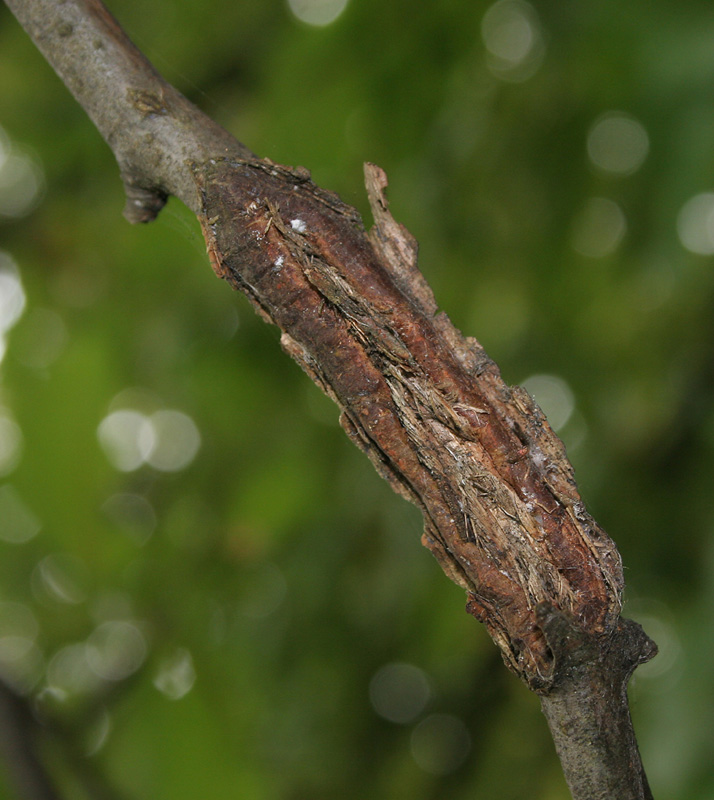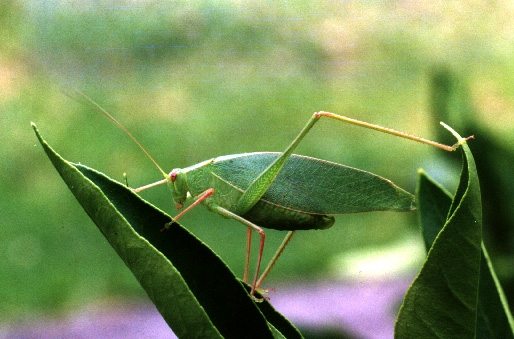Believe it or not, I did hear a cicada chirping just a few days ago. Must have been a Late-Comer Boy, trying to attract a female. The buzzing sound is made in the Tymbals (on the belly side of the insect). It literally is a quick clicking sound that creates a smooth buzzing. If you hear clapping as well, it will be smacking the wings on the abdomen.
Egg-laying is very easy to spot: a characteristic “Herring bone” pattern on twigs with a thickness of a pencil.

We’re also not far away from the end of the Black Field Crickets’ truuu truuuu truuu singing in the evening. The further north you go, the longer you’ll hear those quite loud sounds in your lawn. They’re male mating calls, attracting females who are laying eggs in soil to hatch next spring (November).
Damage: eat a lot of grass from lawn/paddock. Easily attracted to lights, and noisy all night.
A fabulous characteristic rasping sound can be heard during the nighttime, starting about 30 minutes after dark: the sound is made by both male and female tree weta.
They communicate to keep in touch – Auckland and Wellington tree weta are rather social species. They live in harem-like communities with a dominant (large-headed) male and a couple of mature females, plus some juveniles. They shelter during the day in the same cavity.

This is mating season and often you can hear frequent communications. Females lay eggs in soft soil, and young ones emerge in spring.
Go outside into the garden with a torch and you’ll find them – patience!
In the afternoon to early evening, you can often hear a faint “Zzitssss” noise – often impossible to tell where it originates. It's usually a call with an irregular pattern, and it’s unmistakable as Katydids.
These orthopterans have the ability to “throw their voice” —like ventriloquists— to put off possible predators that may hunt by following the noise to its source.
They chew buds of flowers and foliage and can do a bit of cosmetic damage to roses and dahlias in autumn (although Julie tends to disagree with that statement – she moves them on with force!).

Generally speaking, the katydids overwinter as eggs and hatch again in springtime as “nymphs”: miniature versions of the adult insect. But I have seen a few of them going right through the winter, snacking of tasty leaves of Mistletoes in the garden.
No doubt they shelter from the occasional frosts by staying deep within the host plants
LISTEN ABOVE
Take your Radio, Podcasts and Music with you










